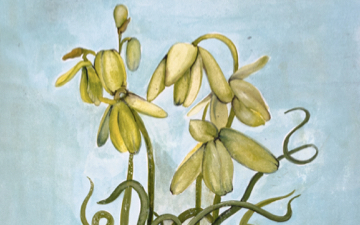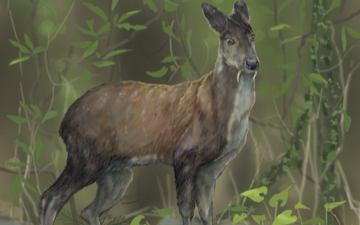Wildlife Conservation Nepal Starter Deck
2021 – (Cards | Download game and rules | Purchase)… This deck, hosted by Wildlife Conservation Nepal, is a STARTER deck that highlights Nepalese biodiversity. This deck is a stand alone game. Learn more about Wildlife Conservation Nepal by visiting www.wcn.org.np.

Succulent Grass
Albuca namaquensis


3 POINTS
HILL
FACT: The flowers that bloom from the corkscrew albuca have an aroma similar to vanilla.

Sal Tree
Shorea robusta


2 POINTS
TERAI, HILL
FACT: In Nepal, the leaves of the Sal tree are used to make local plates and vessels called “tapari”, “doona”, and “bota” in which rice and curry is served.

Nepalese Fig
Ficus sarmentosa


4 POINTS
HILL
FACT: The nepal fig is an edible fruit that is native to China, Eastern Asia, Indian Subcontinent and Indo-China region.

Bamboo
Bambusoideae


2 POINTS
TERAI
FACT: Bamboo is one of the fastest growing plants at 1 inch per 40 minutes or 1 mm every 90 seconds.

Usnea Lichen
Usnea sp.


1 POINTS
HILL
FACT: This lichen called old man’s beard must be played next to a tree.

Musk Deer
Moschus Leucogaster


4 POINTS
MOUNTAIN
PLAY: The musk deer has a MOVE of 2
FACT: This animal is hunted for its musk which is one of the most valuable animal-derived products in the world.